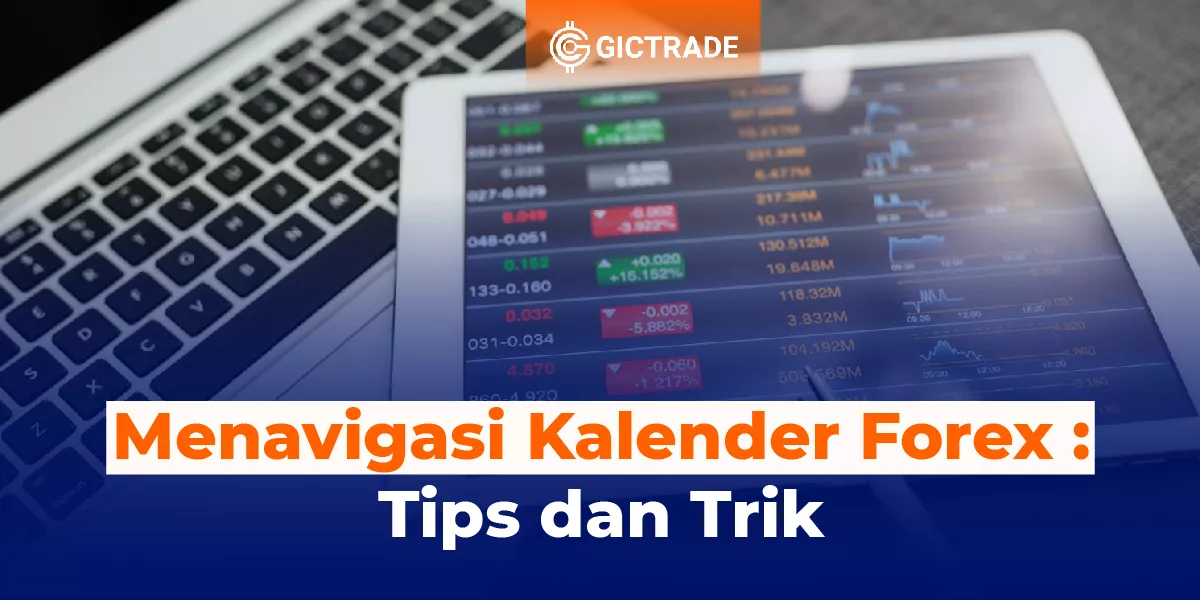Reduce Losses and Maximize Profits, Use the Following Account!The Early History of the Emergence of Forex Trading in Indonesia & the World
What Is Candlestick?
 Like the charts used in predicting daily stock prices, candlesticks show the opening price, high price, lowest price, and closing price of a stock commodity. This chart is given the name candlestick because of its shape that resembles a row of candles lined up. There are two parts of candlestick charts that you need to know their meanings. The first part is called the tail (shadow) and the next part is the body (body). The body of the candlestick depicts the average trading price of the stock on the day. While the shadow shows the highest and lowest prices of the day's trade. When the tail appears above the body, it is called the upper shadow. When the tail appears at the bottom of the body, it is called the lower shadow. The color found in the body of the candlestick chart has a meaning in everyday trading. A chart body filled in black means that the closing price is lower than the opening price. Meanwhile, if the body is not filled, then the closing price is higher than the lowest price.
Like the charts used in predicting daily stock prices, candlesticks show the opening price, high price, lowest price, and closing price of a stock commodity. This chart is given the name candlestick because of its shape that resembles a row of candles lined up. There are two parts of candlestick charts that you need to know their meanings. The first part is called the tail (shadow) and the next part is the body (body). The body of the candlestick depicts the average trading price of the stock on the day. While the shadow shows the highest and lowest prices of the day's trade. When the tail appears above the body, it is called the upper shadow. When the tail appears at the bottom of the body, it is called the lower shadow. The color found in the body of the candlestick chart has a meaning in everyday trading. A chart body filled in black means that the closing price is lower than the opening price. Meanwhile, if the body is not filled, then the closing price is higher than the lowest price.
History of Candlesticks
Now that you know the components of candlestick charts, it's time to learn more about the history of candlestick creation. It was first created by a Japanese rice merchant named Homma Munehisa in 1700. At that time, Homma used candlesticks to predict the price of rice commodities in a certain period. Meanwhile, the influential figure in spreading candlesticks in the western world is Steven Nison. Even though she was born into a wealthy family, it does not make Homma Munehisa lazy in managing family assets. As the youngest child with good trading skills, he was entrusted to manage his family business at the age of 26. Since then, armed with his knowledge, Homma began to collect various annual weather reports and analyze trading transactions to study the psychology of investors. Thanks to his skill in understanding market movements, he is known as the "God of the Market". The research and findings conducted by Homma to date have become a guideline for the Japanese people in investing. The findings are known as "Sakata Rules".Candlestick Pattern: Full Explanation, Single, Dual, and Triple
Candlestick vs Bar Chart
Like candlesticks, bar charts are widely used by investors to understand market price movements. However, because the visualization is more attractive and makes it easier for investors to observe commodity prices, many investors choose to use candlesticks. From a psychological point of view, using candlesticks can help traders to see how serious the pressure is on commodity price movements by sellers and buyers. At the end of a certain period, investors can also find out the movement of the power struggle seen in the length of the shadow and body of the candlestick chart.Candlestick Patterns
Candlestick charts are formed based on the upward and downward price movements of commodities in the market. Although sometimes the patterns formed from prices tend to be random, they can be used by investors to analyze and trade commodities. There are two basic patterns in candlesticks, namely bullish and bearish. Bullish indicates that the price is expected to rise, while bearish indicates the likelihood that the price of a commodity will fall. Even so, this pattern cannot be used as a guarantee in conducting daily trading transactions. Because the pattern formed from the candlestick chart can only be seen as the trend of price movements on that day. Also read the article on Complete Candlestick PatternsSupport and Resistance: How to Determine, Strategies, and Examples
2 Times Faster to Earn Tens of Millions in a Short Time!
Conclusion
Understanding the history of candlesticks is the first part for beginner investors before making transactions in the commodity market. With sufficient knowledge about this type of chart, investors can predict price trends to avoid risks that may occur in investment activities. Proper analysis of day trading can help you make more profits and minimize the risks of your investment activities. As a platform that provides ease of transactions for investors, GIC has a trading assistant facility that can help you in trading. Trading assistant can be obtained for free with a minimum deposit of Rp. 3 million. Get various interesting advantages such as direction prediction, time frame trend, and determining when to enter and exit. In addition, there are many more benefits that you can get by making transactions with GIC. Come on, feel the convenience and achieve benefits with GIC. What are you waiting for? Use an ECN account to trade with low spreads from zero! Don't forget to join GIC Gebyar Prize to get various kinds of prizes with a total of 1 Billion Rupiah without being drawn!
 Last:
Last: 







